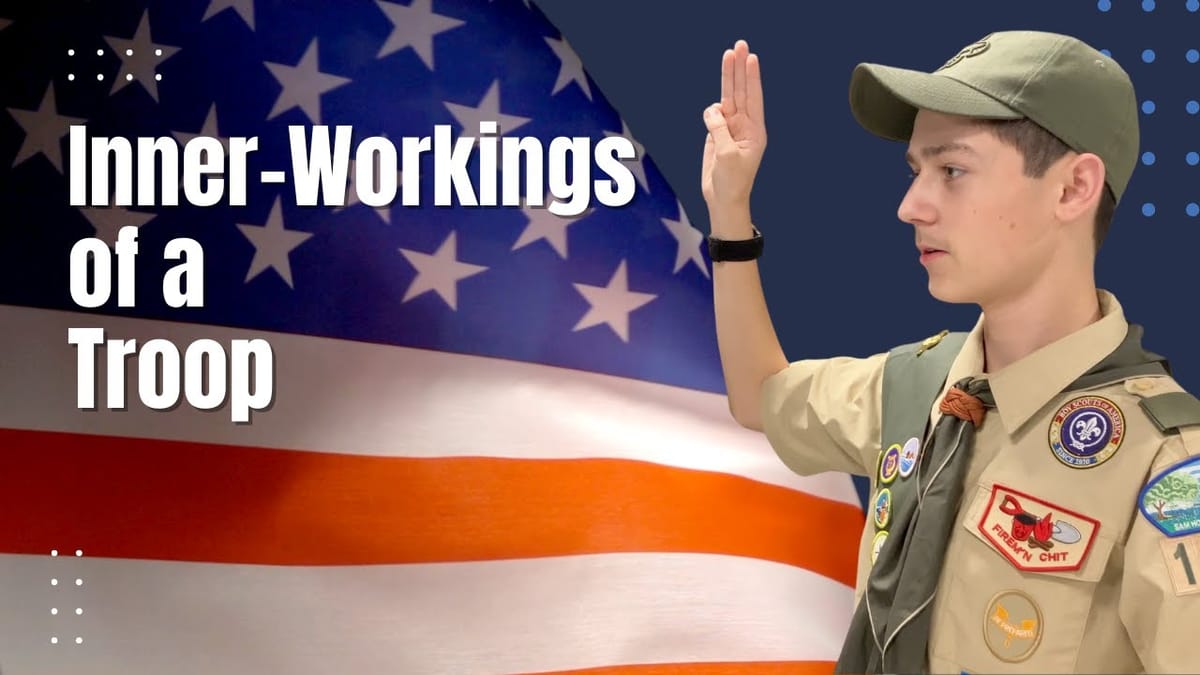Navigating the Troop: A Guide to Leadership and Volunteering in Scouting


Hey Scouters! Today, I want to delve into the fascinating world of Scout leadership and volunteering within the Scouting organization. As a seasoned Scout leader myself, I've come to appreciate the intricate structure of leadership positions and the invaluable role that volunteers play in shaping the experiences of young Scouts.
Let's start by exploring the leadership hierarchy within a Scout troop. At the top, you have the Senior Patrol Leader (SPL), who serves as the chief executive officer, if you will, of the troop. Assisting the SPL is the Assistant Senior Patrol Leader, who acts as the right-hand person and provides support in various troop activities.
I often liken the structure of Scouting to that of a corporation, with the SPL and Assistant SPL akin to the General Manager and Assistant General Manager, respectively. Beneath them, you have Patrol Leaders, who lead smaller groups of Scouts known as patrols. Just like in a business, there's a clear chain of command and delegation of responsibilities.
One key aspect of troop leadership is the Patrol Leader Council (PLC), where the leadership team meets monthly to plan upcoming troop activities and events. This collaborative approach ensures that the troop runs smoothly and that the Scouts have a say in the activities they participate in.
Now, let's talk about volunteering in Scouting. Whether you're a seasoned Scouter or a newcomer, volunteering your time and expertise is crucial for the success of the troop. If you're new to Scouting, I recommend taking some time to observe and familiarize yourself with the workings of the troop before jumping into a leadership role. However, if you're in a smaller troop where help is urgently needed, don't hesitate to lend a hand – every bit of assistance is appreciated.
One of the first steps to becoming a volunteer leader is completing the Youth Protection Training (YPT). This training is essential for creating a safe and secure environment for Scouts and is required for all adult volunteers. Additionally, I strongly encourage all volunteers to undergo further training to gain a better understanding of how a troop operates and how they can contribute effectively.
In Scouting, the journey from Scout to Eagle Rank is a long and rewarding one, spanning approximately seven years. It's crucial for volunteers to support and guide Scouts along this journey, fostering their growth and development every step of the way.
By volunteering your time and getting trained, you become an integral part of the troop's success. You'll witness firsthand the transformation of timid young Scouts into confident leaders who embody the values of Scouting.
In conclusion, Scouting is not just about outdoor adventures and merit badges – it's about nurturing future leaders and instilling values that will last a lifetime. So, let's continue to support and empower the next generation of Scouts as they embark on their own Scouting journey. Together, we can make a difference in the lives of young people and uphold the spirit of Scouting for generations to come.
Let's go, Scouting America!
